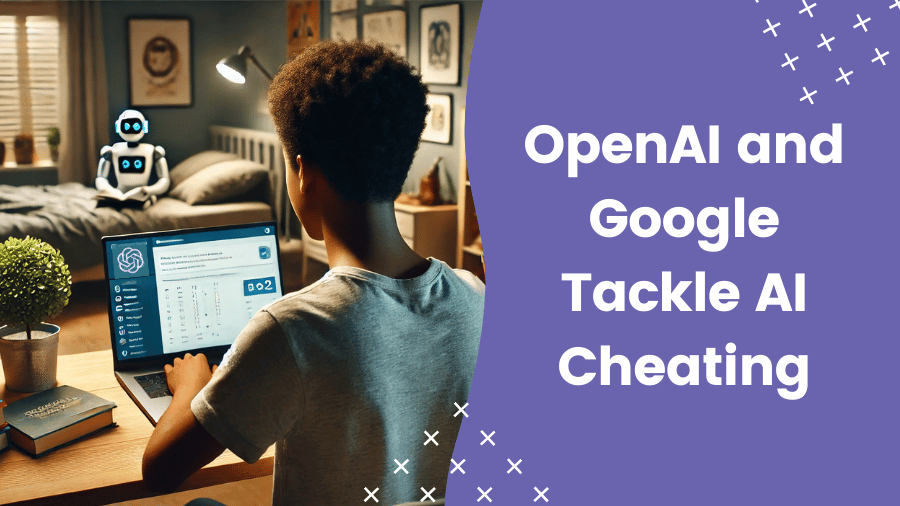With AI becoming a bigger part of our lives, telling the difference between human-written and AI-generated content is more important than ever. OpenAI and Google are leading the charge with innovative solutions to tackle this challenge. OpenAI has created a method to detect AI-written text, while Google has developed SynthID, a tool for watermarking AI-generated text and video. Let’s dive into what they’re up to and why it matters.
OpenAI’s Watermarking Technology: Spotting AI Text
OpenAI, the team behind ChatGPT, has come up with a clever way to spot AI-generated text. Their method involves a watermark that tweaks how words are selected during text generation. This watermark leaves a hidden pattern that their tools can easily detect. With a 99.9% accuracy rate, it’s pretty reliable at picking out AI-written content.
But there’s been a bit of back-and-forth inside OpenAI about rolling this out. Here’s what’s holding them back:
- User Concerns: A survey showed that 69% of ChatGPT users worry about false accusations of using AI if watermarking goes live. Nearly 30% might use ChatGPT less if other tools offer watermark-free options.
- Fairness for Non-Native Speakers: OpenAI wants to make sure their tools don’t unfairly target non-native English speakers.
- Transparency vs. User Retention: OpenAI is trying to balance being transparent with keeping users happy. While some employees want to release the tool for its benefits, others fear it might scare users away.
Despite these worries, tests show watermarking doesn’t mess up ChatGPT’s quality. OpenAI is looking for ways to ease concerns and highlight the importance of transparency.
Google’s SynthID: Watermarking Text and Video
Google has stepped in with SynthID, a toolkit for watermarking AI content. SynthID aims to help identify AI-generated content and reduce misinformation risks. Here’s what makes SynthID stand out:
- Text and Video Watermarking: SynthID watermarks AI-generated text in the Gemini app and video in Veo, Google’s video model, covering every frame.
- Invisible Watermark: The watermark is hidden and doesn’t affect the content’s quality or speed.
- Scalable and Compatible: SynthID works with popular AI text models and can scale up easily.
Google knows SynthID isn’t a perfect solution but sees it as a crucial step in making AI content identification more reliable. They plan to open-source it, allowing developers to build it into their models.
Why This Matters
OpenAI and Google are making strides in detecting AI-generated content, tackling the ethical and practical challenges AI brings. These watermarking tools are a big step forward in AI transparency and help users make informed choices about AI-generated content.
As AI keeps evolving, tools like OpenAI’s watermarking and Google’s SynthID will be essential in ensuring AI-generated content is clear and responsibly used.


